Greenhouse "butterfly": design features of manufacturing
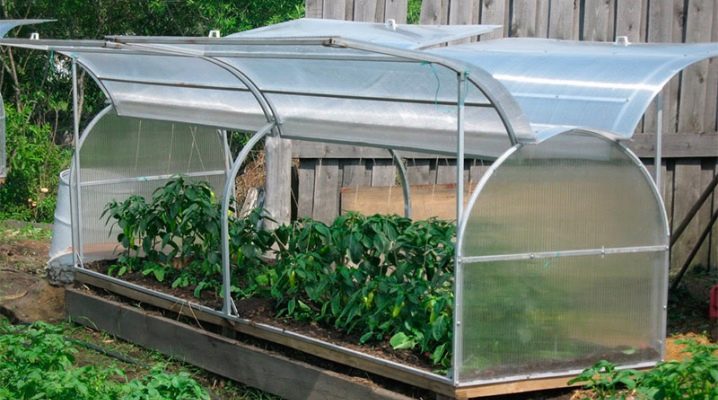
Growing various plants in a greenhouse or greenhouse is an activity that many summer residents like. However, structures of considerable size are far from always located on the site. The butterfly greenhouse is a convenient, rather compact design. For this reason, many owners of summer cottages opt for just this option. Consider the design features, the nuances of manufacturing, installation of such structures.
Design features
The butterfly greenhouse is versatile. These structures can be installed in small and fairly spacious areas. These structures are distinguished by their mobility: they are easy to carry to other places, they can be disassembled, assembled. Such a greenhouse is similar in shape to a butterfly, hence the name.
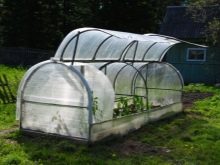

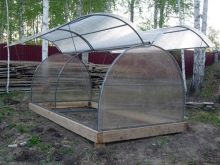
In such structures, it is easy to achieve an optimal microclimate. In order for the sun's rays and air to enter inside, you need to keep the flaps open (in whole or in part). In summer cottages, you can install such structures of various sizes (for example, 2 x 4 m, mini-greenhouses). For summer residents who grow various plants in greenhouses in the cold, constructions that provide heating are suitable.
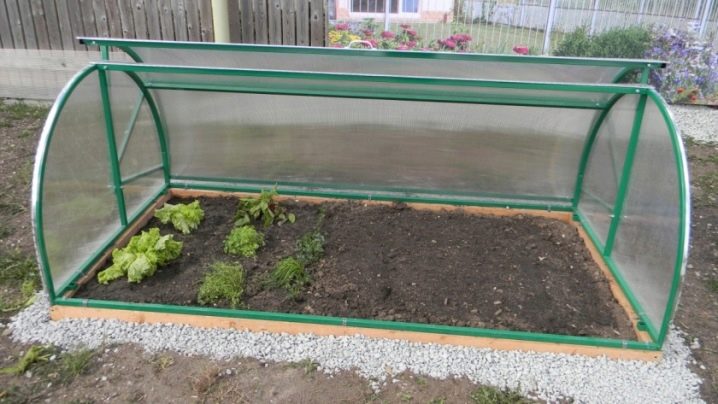
Usually "butterflies" are made from standard materials. The frame is most often made of a metal-plastic or plastic profile, as well as wood. The cover is made of polycarbonate or polyethylene. Frames in these designs are solid or sectional. Such a greenhouse will allow the summer resident to use the available area as efficiently as possible. All plants in the butterfly greenhouse have free access.

Advantages and elimination of disadvantages
If you rely on the reviews of the owners of summer cottages, it can be noted that such structures have not only advantages, but also disadvantages. It is worth understanding all the positive and negative qualities of these greenhouses.
Let us first note their merits.
- Such a greenhouse is characterized by increased resistance to various atmospheric influences. He is not afraid even of heavy snowfalls: the structure does not deform under the snow cover.
- Due to the presence of special vents, this structure is convenient to ventilate. Moving elements do not fail, thanks to specially provided shock absorbers, which makes the structure as durable as possible.
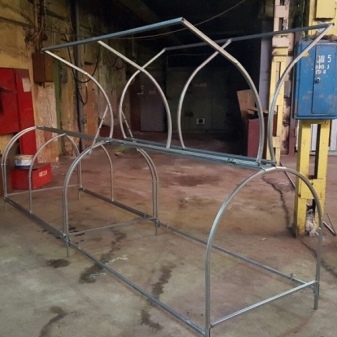
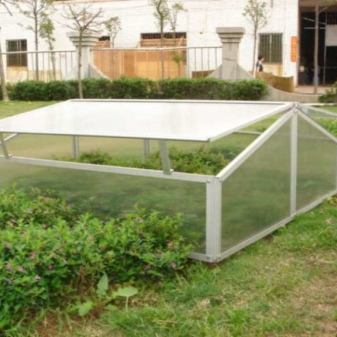
- Such a structure retains heat well, so the plants grow and develop with maximum comfort.
- These greenhouses can be used to grow a wide variety of plants. They are convenient for growing seedlings, flowers, vegetables, melons and gourds.
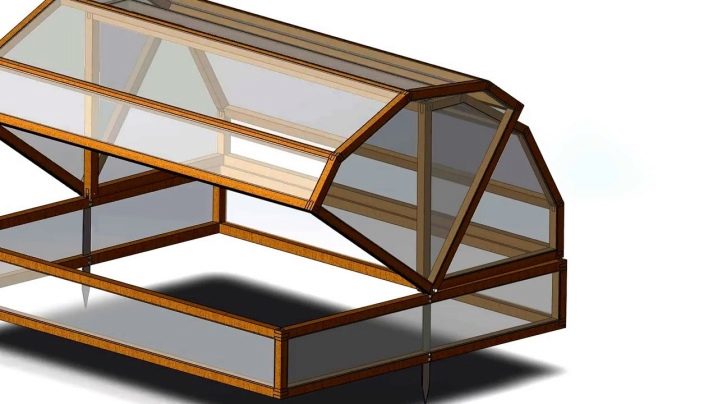
- When erecting such structures, you can do without a foundation, but some people prefer to use it.
- You can create such a greenhouse yourself, saving on the finished structure.
- The cost of "butterflies" is quite affordable. Buying them won't hit your budget.
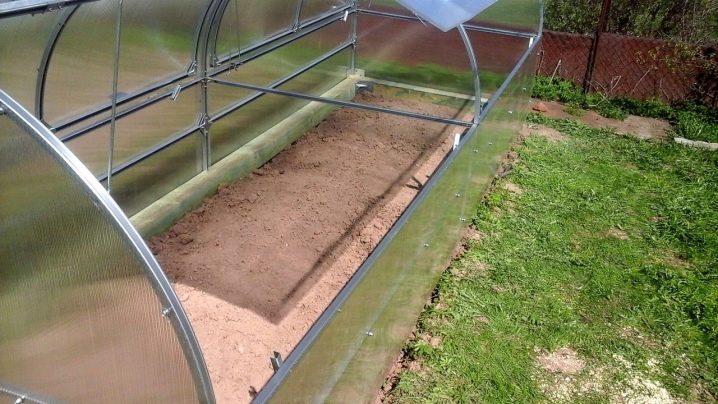
In the reviews, consumers note that these structures do a good job with their functions and are easy to use. If you regularly take care of the structure and follow simple operating rules, there are usually no difficulties. However, there are also negative responses about such constructions.
You need to know the weaknesses of such designs.
- Some manufacturers of such greenhouses use paints and varnishes that are of poor quality. Cracks quickly appear on poor-quality coatings, coatings begin to crumble. In such situations, you have to clean off the paint and apply a new layer to the frame.
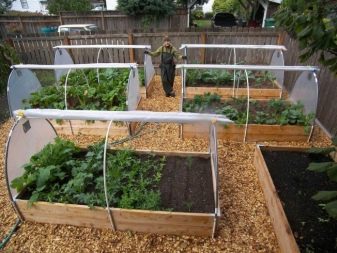

- If you are going to use a polycarbonate coating, it should be noted that it has a significant weight. Because of this, deformation of the lower arcs can occur. If you want to avoid such problems, you will have to take care of additional amplification.
- Due to the constant opening and closing of the greenhouse, the hinges that hold the flaps often break. To prevent the occurrence of such a problem, you need to periodically inspect the structure, and if necessary, immediately carry out repair work.
- In some cases, burrs appear in the grooves created for the fasteners. A file can be used to eliminate such defects.
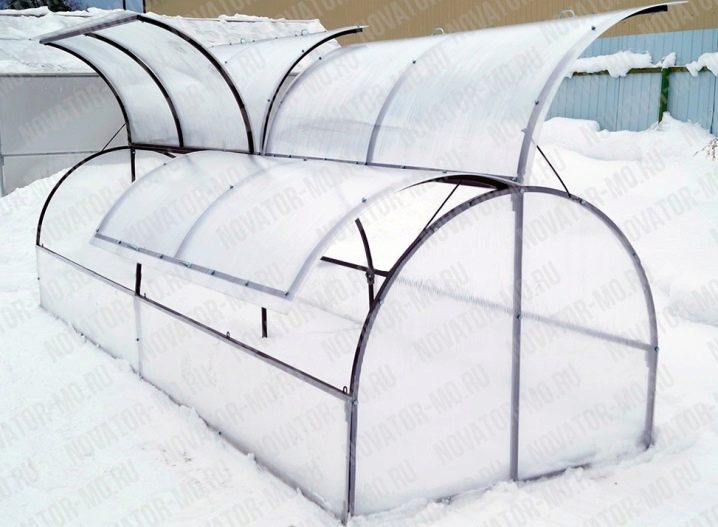
How to do it yourself?
This is a fairly simple design, so you can build it yourself using a drawing. When carrying out installation work, certain recommendations must be taken into account. All necessary calculations should be carried out, suitable materials should be selected.
Seat selection
For such a structure, you do not need much space. At the same time, even a small plot must be chosen correctly so that the greenhouse ultimately turns out to be as durable as possible, and the harvest is good.
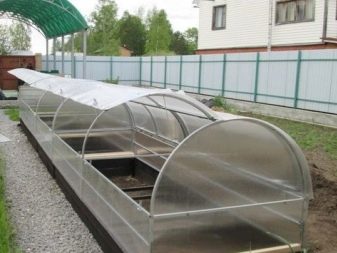
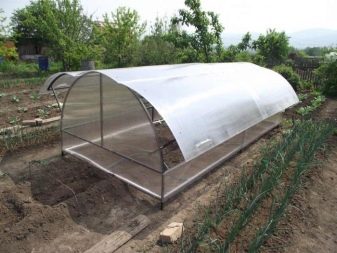
When choosing an area suitable for the construction, you need to pay special attention to the amount of light. If there is little sunlight, it will badly affect the development and growth of plants.
The most suitable area is well lit, as flat as possible. It is recommended to locate such structures from the north to the south. Do not mount the greenhouse in a low area. Otherwise, the crop may rot due to accumulation of water (when the snow melts or it rains). The same will happen if the dampness is constant (due to groundwater close to the surface).
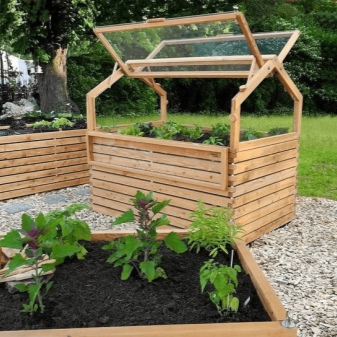

It is not recommended to mount the structure on a side that is windy, otherwise it is possible that the greenhouse will become less stable.
When choosing a place to install a structure, you should immediately determine the options that are the least suitable. The greenhouse should not be located in the shade or near chemicals that can negatively affect plants. The distance from other elements on the site must be in accordance with standards.
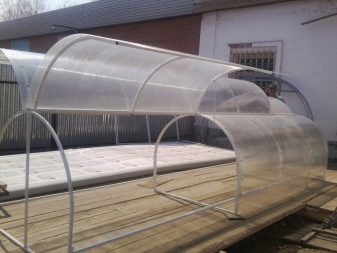

Materials (edit)
The butterfly can be constructed using a variety of materials. The service life of the structure, as well as the ease of processing, the price of the product, will depend on the type of raw material selected. Consider the raw materials from which the constituent structures are made.
Wood
It is especially well suited for the construction of the frame and the sides. Such material is affordable, easy to process, and environmentally friendly. However, the tree also has disadvantages: it can be damaged by woodworms, due to dampness, it can begin to rot. For resistance to microorganisms, it has to be treated with special impregnations.
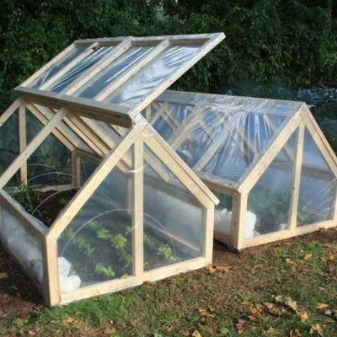
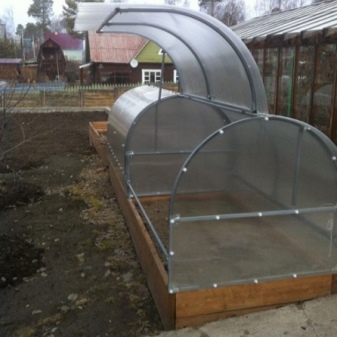
Metal
This material is distinguished by its durability, reliability, strength. A frame can be created from metal products; it will be strong and able to withstand the weight of glass inserts. However, the metal starts to rust rather quickly, if no additional coatings are applied to it.
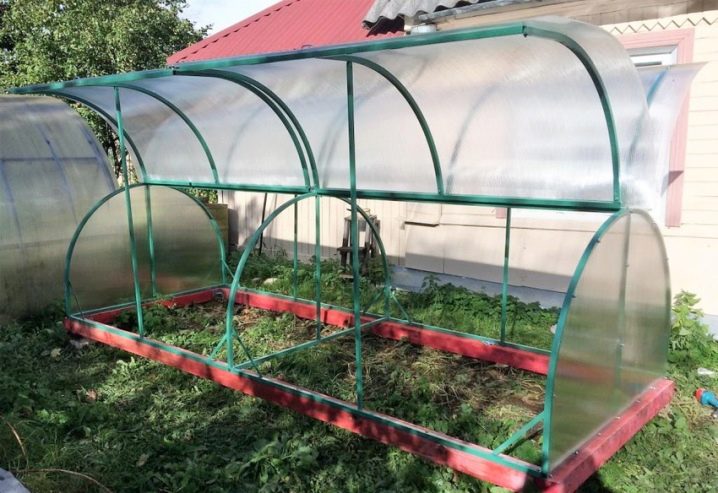
Glass
It is quite affordable, quite well suited for creating greenhouses. At his expense, the greenhouse is filled with illumination in the required volume. Disadvantages of glass are complexity in processing, fragility. Such material must be handled with particular care.
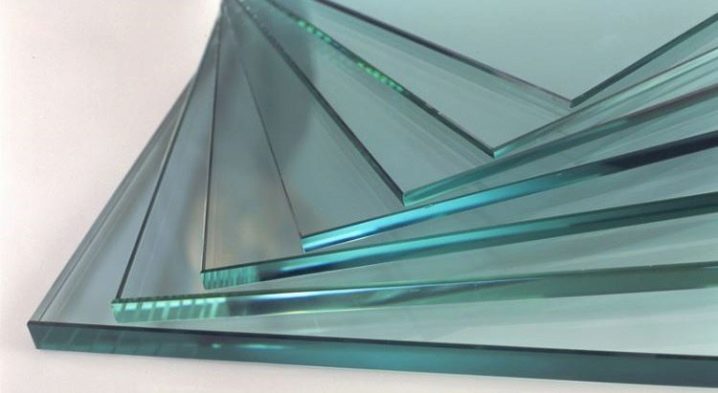
Cellular polycarbonate
This raw material is usually used as a covering material. Such coatings do not break as easily as glass ones, they are resistant to minor impacts.Polycarbonate is affordable and easy to process. The service life of such material is quite long.
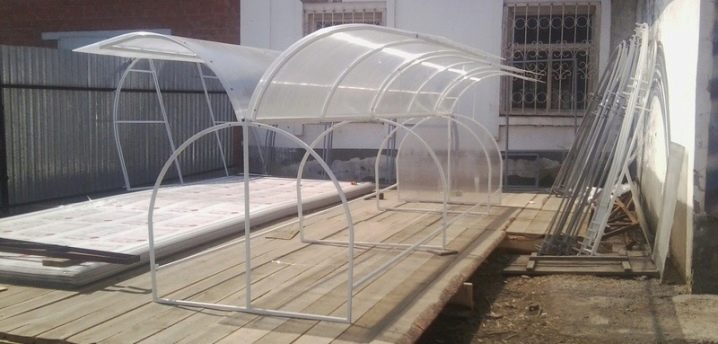
Polyethylene
Polyethylene film is a short-lived covering material, while the most inexpensive. It is not durable, so many owners of summer cottages prefer other options. Polyethylene is usually only enough for two seasons.
In addition to the main raw materials, self-tapping screws and nails are used in the construction of a butterfly greenhouse. They are necessary in order to connect the individual elements. Other accessories include metal corners. They can be used to fasten the corner pieces. You may also need handles, door awnings to create a structure.
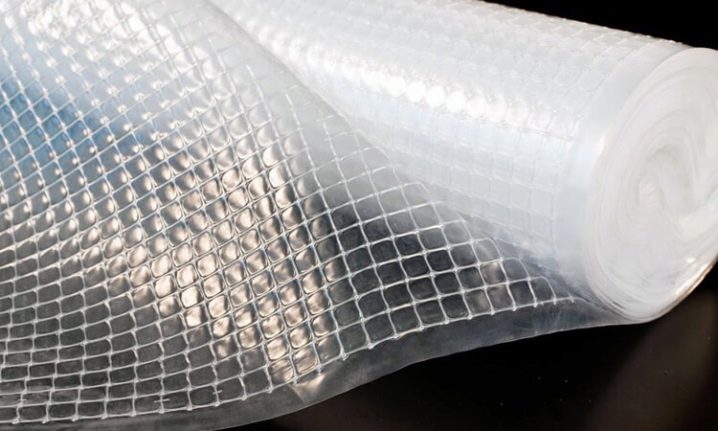
Instruments
When carrying out installation work, you may also need the following tools:
- scissors;
- glass cutter;
- roulette;
- hacksaw (for metal or wood);
- screwdriver;
- hammer.
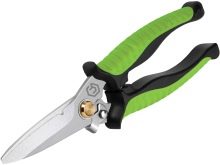
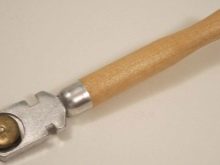
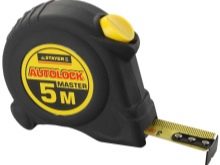

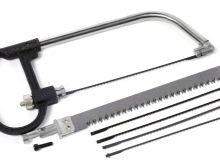

The choice of a hacksaw depends on the type of material used for the frame (metal or wood). Metal is more durable, but wood is easier to work with. To work with metal elements, you will need the skills of a welder and a special apparatus. If you prefer metal, it is better to choose small diameter pipes. In the event that the structure is wooden, it is recommended to opt for pine.
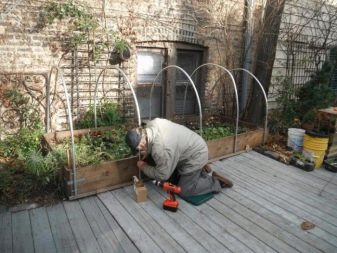
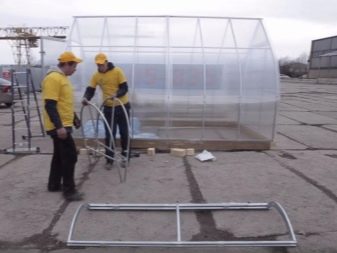
Preparation
Make the place where the structure will be located as even as possible. Prepare all the tools and materials that you may need so that after starting the installation work you do not have to look for them. Before starting the installation, create a drawing that you will be guided by when assembling and installing the greenhouse. Apply to it all the sizes and nuances that should be taken into account. Make preliminary calculations.
Typically standard sizes are suitable for a wide variety of areas. However, a greenhouse can be made larger if you plan to grow a lot of plants. Most often, the owners of summer cottages prefer structures whose height is 1.5 or 1 m.If necessary, separately prepare heating or lighting projects.
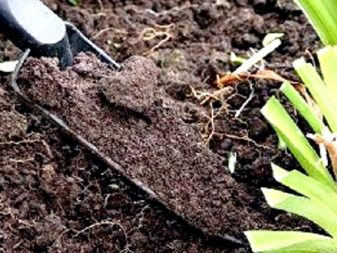

Assembly
After completing the preparation and creating a drawing, you can begin to mount the structure. It is not always necessary to create a foundation, but it will make the structure as strong, reliable and durable as possible.
You need to build the foundation in the following order:
- Take the necessary measurements and mark the prepared area.
- Dig a trench (it should be located around the perimeter of the future structure).
- Lay the waterproofing layer.
- Reinforce the corners of the trench for maximum strength. Then fill in the cement-sand mortar.
- Use the bricks to create a small plinth. This part of the foundation will protrude.
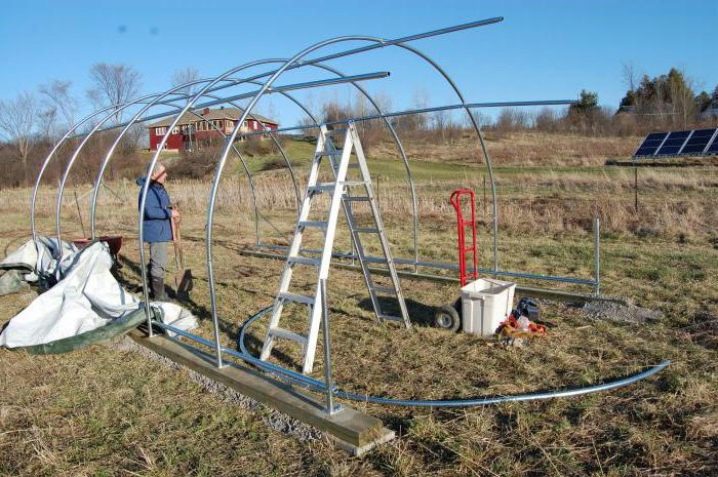
The foundation must be absolutely solid. Then the greenhouse can be installed. Use the material of your choice to frame the structure. The elements need to be fastened using bolts of the optimal size or welding. Then fix the frame to the plinth.
It is better to apply antiseptic or anti-corrosion compounds to the frame at this stage. You can apply varnish or paint to it. While waiting for the coating to dry, you can prepare the covering material. It needs to be cut. If you are using polycarbonate, you can use a circular saw.
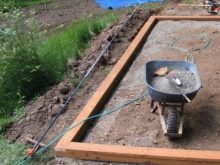
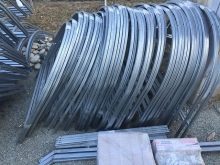
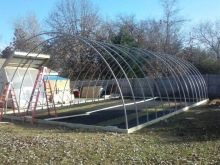
To attach polycarbonate, you need to use fasteners with a seal, thermal washers, self-tapping screws. Connect the ends using special profiles. To make the structure airtight, apply a silicone-based sealant to all joints. Special hinges will be held by the central beam.
On these hinges are fixed "butterfly wings" (flaps that will open). Think about how the "wings" will hold when you open the greenhouse. Most often, for this purpose, there are special supports on the sides of the structure.Carry out the installation efficiently: the durability of the structure depends on it.
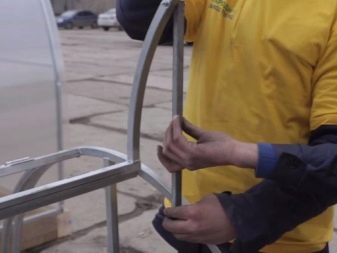
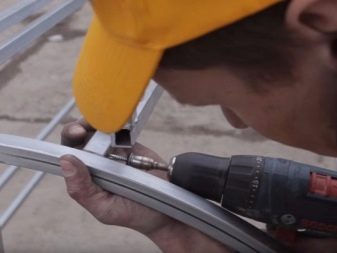
Effective use: rules
To ensure maximum comfort for the plants in the greenhouse, you need to take into account certain recommendations and try to avoid mistakes that many owners of summer cottages make.
- Always keep an eye on the temperature outside. With this in mind, close or open the greenhouse.
- To provide oxygen to the plants, open the flaps when it is warm outside. Cover the structure in cold weather.
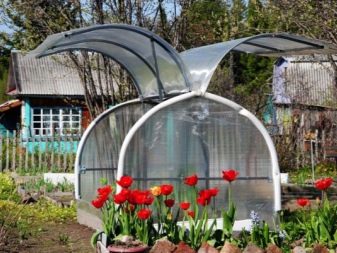

- If you are going to have several types of plants in a greenhouse at once, it is better to divide them by type. This can be done using regular polyethylene film.
- You can water the plants however you like. Some people choose drip irrigation, others prefer a regular watering can. The design of such a structure is convenient: access to all plants is provided.
- After winter, you need to check the greenhouse and prepare it for disembarkation. Remove dirt, settled dust from surfaces. Check for damage to the structure. If there are any defects, they must be eliminated.
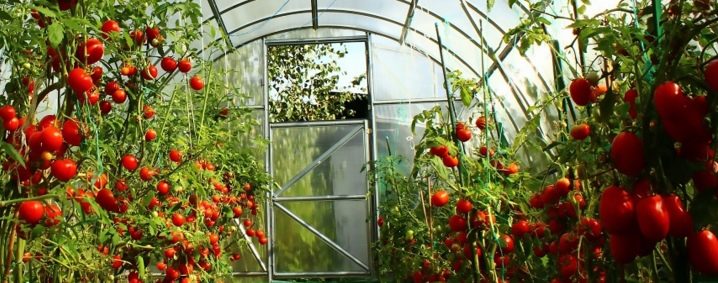
It is necessary to take care of the structure itself and the soil inside it. The seedlings can be adversely affected by various bacteria and fungi that have accumulated in the greenhouse for a long time. Always decontaminate the soil when preparing the structure.
Preparing for winter
When the growing season is over, you need to prepare the structure for the winter period. To make the structure more durable, you need to carefully look after it. Before the cold weather, a general cleaning of the greenhouse should be carried out. This greatly minimizes the likelihood of the need for repair work and the appearance of defects.
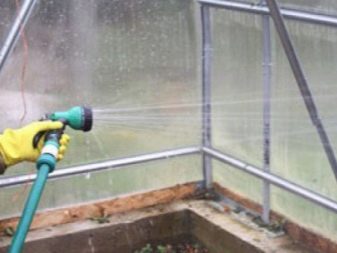
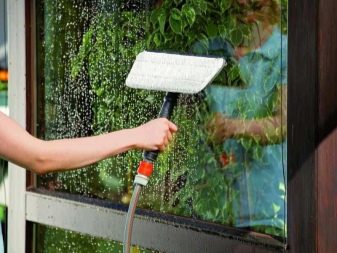
The procedure for leaving depends on what covering material you are using. The polyethylene film must be removed. If the covering material is intact and suitable for reapplication, rinse it off and allow to dry. Then fold the film and store it in a dry place.
Polycarbonate must be washed, do not forget to clean the frame of the structure.

Check for rust on the surface. If there is such a problem, it must be eliminated. It is recommended to lubricate moving parts with oil regularly.
Remove all old plants from the ground completely. This must be done before the cold weather sets in. The soil needs rest, otherwise the land will cease to be fertile. To restore, clean the soil, destroy microorganisms negatively affecting it, it is worth using special means.

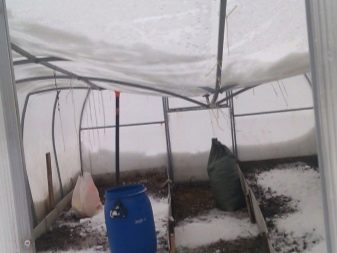
Examples and variants
Below are examples of greenhouses under consideration.
The design of a butterfly greenhouse can be made so that the structure is located on the site as compactly as possible.
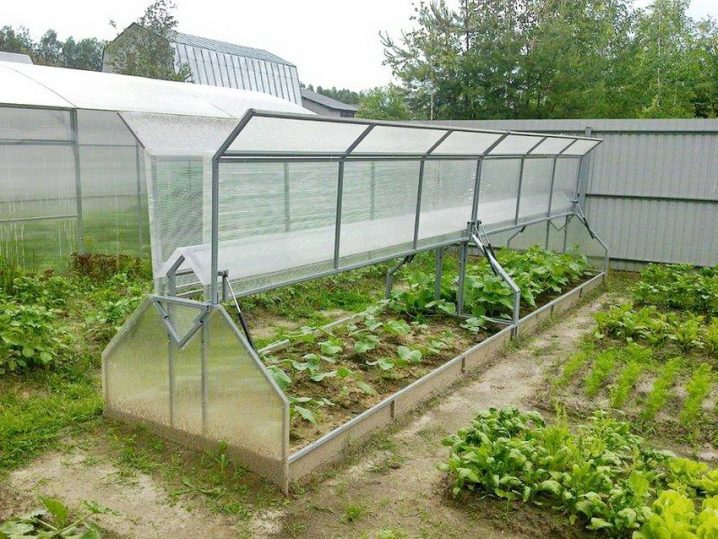
Many people prefer a wooden frame. It is easy to handle and looks aesthetically pleasing.

The structure of the profile tube is characterized by increased strength.

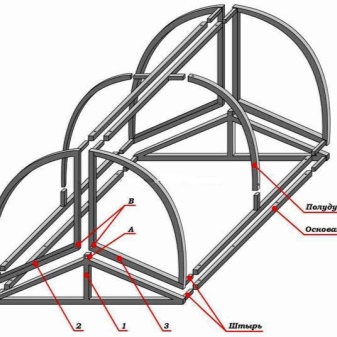
Such a greenhouse can have a rather unusual design.
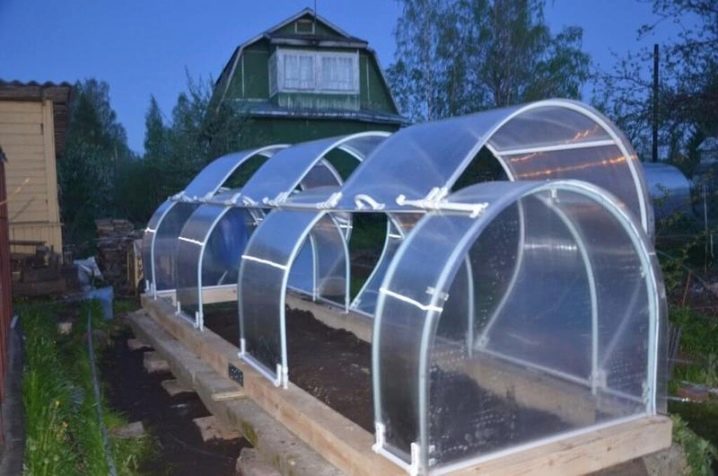
See the next video for the assembly of the greenhouse.





























































The comment was sent successfully.